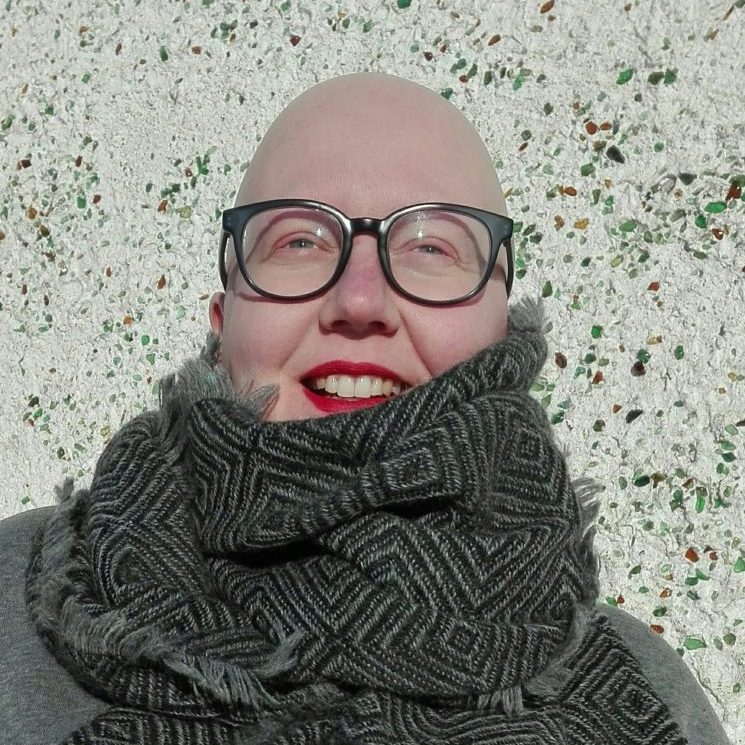
Jenni Sokura
Jenni Sokura is a visual artist and jewellery maker living and working in Finland. Through her work she explores Finnish traditions, folklore and the cultural meanings of food.
If you had access to all the powers, how would you improve the world?
I think recognizing people’s different types of strengths and abilities would make a great difference. So, I would make sure that this enormous amount of capacity wouldn’t go to waste!
What are the biggest sustainability challenges in your work and how are you addressing them?
Materials, materials, materials… what to do with them? I am merging ready-mades with raw materials in my work, so there is always some part of the art piece that is recycled. Nowadays some materials make me wonder more about the future, for example ceramics. Once fired, it is hard to think further use for tryouts and failed pieces. Also, the fumes during firing aren’t that healthy, and can we get access to ceramics and for example porcelain forever?
Which conscious lifestyle choices are you making? And are you considering any new ones?
Spend less!
What have you rebelled against in the past, and what are you rebelling against now?
I guess it has been, and still is, mostly about how you’re treated in the field of contemporary art when your work is jewellery related. I am an artist, my tool is jewellery.
Do you think cutlery can still be improved? If yes, in what way?
In a world like this, changing and developing so fast, people’s needs might change too, and that can affect everyday life.
What was the inspiration for your Steinbeisser pieces?
I chose Finnish serpentine, it has wonderful colour variations from different shades of green to brown. These rocks came from North Karelia. I cut out slice after slice and found myself admiring the little details inside the stone. It seemed almost impossible to grind those slices any further, they had it in them already and I felt I might only mess up the inner beauty of the stone. The blocks also offered the outlines which I left as they were. So they are more like ideas of spoons, given straight by nature. Stone is a hard material but at the same time delicate and sensitive, I enjoy the minimalism they offer. For me all these spoons are like multitools with funny forms. When using these, they can offer other ways to be used, not only the original starting point.
Describe your work in 3 words!
Horn of plenty!
What kind of materials do you use and where do you get them from?
I must say I am not loyal to any specific material. It is problematic to see possibilities in every material I encounter. I like to challenge myself and try to learn new techniques and get to know new materials. At the moment I am getting to know traditional decorative woodworking better. In Finland we are surrounded by trees, so wood is easily available. In the end, combining materials is essential in my work as a whole. It can be anything from ready made and recycled to professional shop’s supply like clay or different types of metals.
What has been your favorite dinner experience?
I like when things stay relaxed even when a lot of effort has been put into the preparation. A long awaited meeting with friends and colleagues is almost always memorable. It is nice to follow how some dishes can get trendy among friends when someone succeeds with it once. If you once manage to cook a nice risotto, everybody is soon asking for the recipe and making it at home.
What excites you about tomorrow?
Long weekend, holidays coming up!